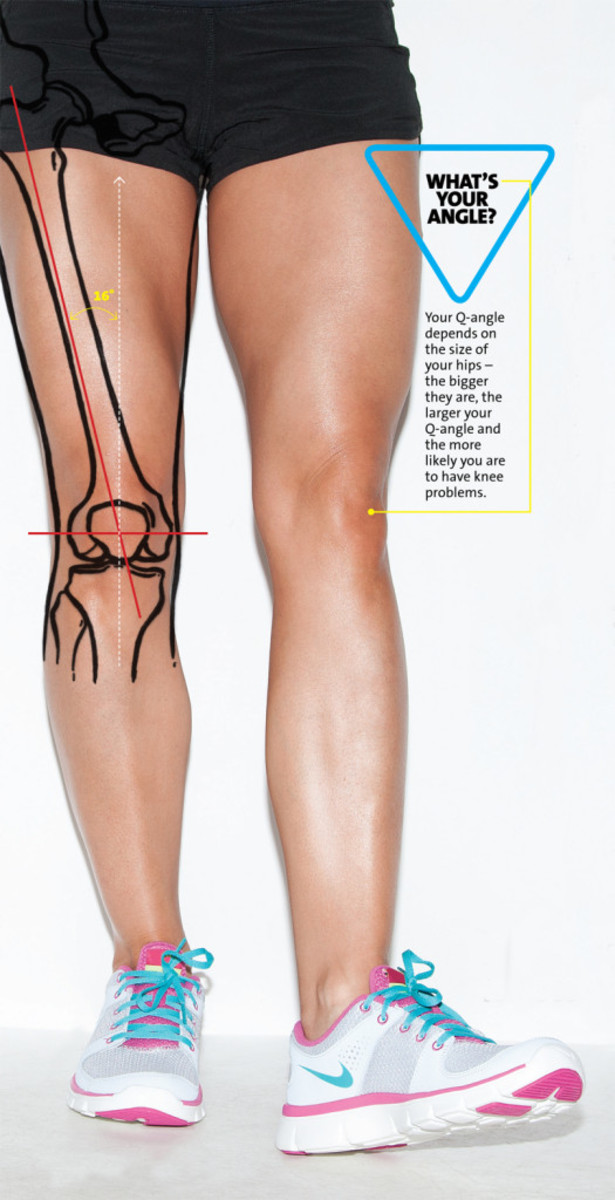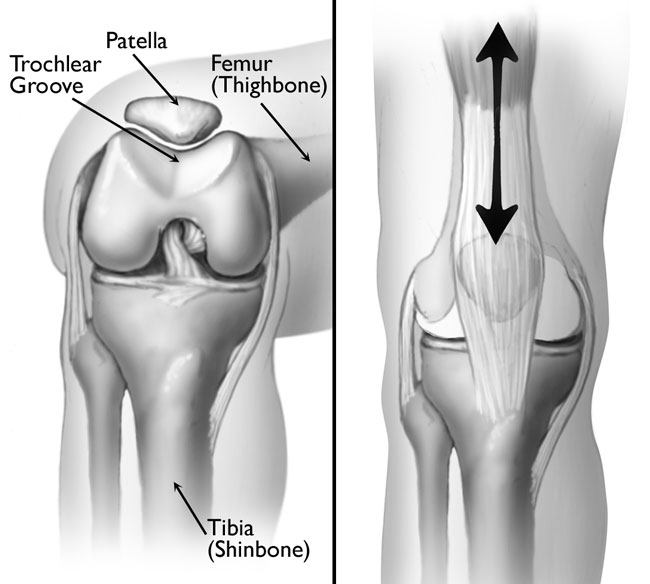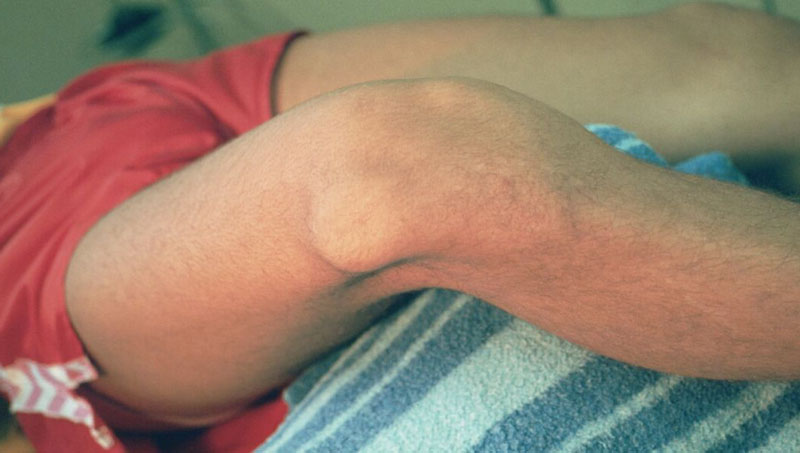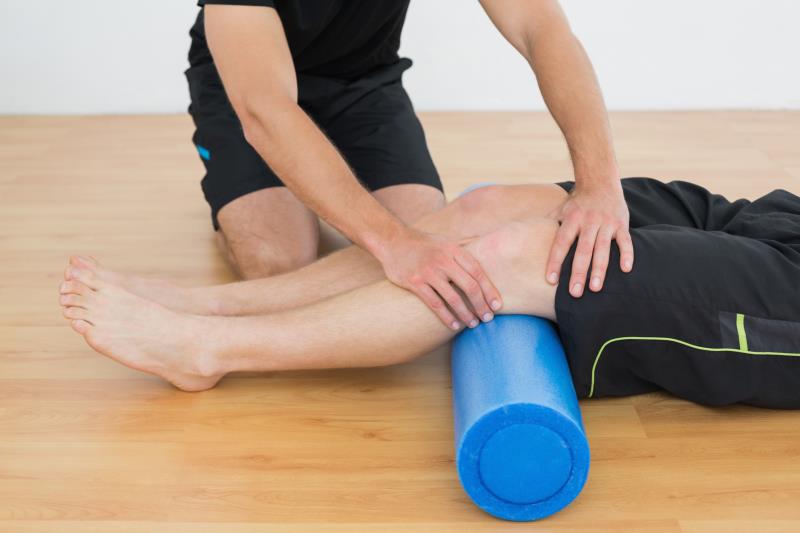Our Blog
Home  Blog
Blog
 Blog
Blog
 Blog
Blog
Anterior knee pain, which occurs at the front side of the knee, is a commonly encountered and challenging issue, especially among young individuals. As we discussed earlier, Chondromalacia patellae. is one common cause of anterior knee pain. Another significant contributor to this condition is patellar instability.
Patella, The cap bone, (Gujarati dhakani nu hadku) sits on a very complex angle (Q angle) on a very shallow base (Trochlea).


Sometimes, the kneecap (patella) can partially dislocate (subluxate) or completely dislocate from its normal position and end up on the outer side of the knee. This can occur due to various reasons.

In most cases, the kneecap (patella) may spontaneously or with manipulation pop back into its normal position during knee extension after a partial or complete dislocation. Following the acute episode, patients often experience knee swelling and pain for a week or two. If the dislocation is an isolated event, conservative treatment may be sufficient.
However, persistent pain is often a result of underlying damage to the cartilage (chondral) and ligaments. Recurrent dislocations of the patella can also occur in such cases. Timely surgical intervention is often necessary to preserve the health of the knee joint in these situations.
Treatment for patellar instability involves physical therapy to address muscular imbalances, VMO weakness, and lateral retinaculum/iliotibial band issues. Nonoperative treatment focuses on evaluating the entire lower extremity, including the hips, to identify and correct any contributing factors such as hip muscular control problems, muscular weakness, or core weakness. Physical therapy aims to strengthen the VMO and address lateral retinaculum/iliotibial band concerns to improve patellar stability. However, if nonoperative treatment is not effective, surgical intervention may be necessary. Surgical options may include MPFL reconstruction, tibial tubercle osteotomy, or other procedures to stabilize the patella and restore normal tracking. Individualized treatment plans based on comprehensive evaluations are essential for optimizing outcomes in patients with patellar instability.

Surgical decision depends upon cause. If there is MPFL ligament injury, which is more likely, then I perform minimally invasive ligament reconstruction. But if there is concomitant bony issue to be addressed then TT transfer is required in less common scenario. In any case results are predictable and prognosis good.
This website uses cookies: By continuing to browse this site you accept this policy.